There are many ways to play games these days. Consoles and gaming PCs remain popular thanks to their raw power, while gaming handhelds have seen a resurgence. However, the increasing capabilities of everyday phones and specialized gaming phones make them compelling options for mobile gamers. After all, your phone is a device you likely carry with you at all times—making it an ideal platform for gaming on the go. But how do you know which phone delivers the best performance when it comes to gaming? That’s exactly what we examine through rigorous testing to separate the best from the rest.
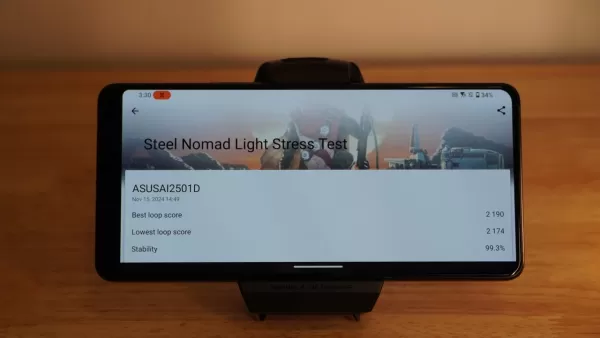 Benchmarks
Benchmarks
Benchmarks are essential tools in hardware evaluation. They simulate intense workloads and provide measurable scores—like average frames per second or CPU/GPU performance metrics—that allow direct comparisons between devices.
For every phone tested, I run Geekbench 6 to assess both single- and multi-core CPU performance, along with its GPU test using Vulkan (on Android) and Metal (on iOS). Since gaming relies heavily on both CPU and GPU performance, I also use game-focused benchmarks like 3DMark's Wildlife Extreme, Steel Nomad Light, and Solar Bay (where supported). These tests stress the system differently, highlighting how well a phone balances CPU and GPU strength. For example, a device with a powerful CPU but modest GPU might shine in Wildlife Extreme yet fall short in Solar Bay compared to a GPU-heavy model.
Each benchmark is repeated multiple times and averaged to ensure accuracy. This process also reveals thermal throttling behavior—some phones perform well initially but slow down significantly as heat builds up.
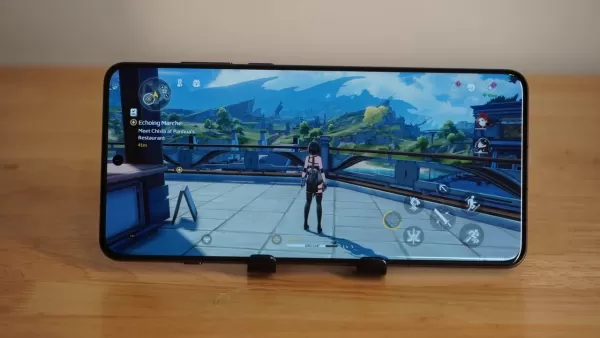 Game Tests
Game Tests
While benchmarks push hardware to the limit, real-world gaming performance tells a different story. To gauge this, I test phones using popular titles like Call of Duty Mobile, Sky: Children of the Light, Genshin Impact, and more recently, Wuthering Waves. These games offer high graphical fidelity and represent current performance demands.
I aim to run each title at maximum settings and a capped 60fps. During a 30-minute session, I monitor frame stability—looking for hiccups or drops below 50fps. If a phone struggles, I adjust settings accordingly and note the level used for final testing.
After gameplay, I measure surface temperatures to identify hotspots and assess ergonomics—because even the most powerful phone isn't worth much if it becomes too hot to hold.
Finally, I test multitasking performance by switching between apps during and after gameplay. This helps determine how well the phone retains background processes and resumes games without reloading.
 Additional Testing
Additional Testing
Beyond gaming and benchmarks, every phone is evaluated for general usability. This includes screen quality (brightness, clarity, color accuracy, refresh rate), wireless connectivity speeds, daily battery life, build design, unique features, and camera performance.
While gaming phones often excel in display and endurance, they can fall short in other areas such as portability or software experience. As a result, although my testing methodology remains consistent across standard and gaming-focused phones, the scoring weight varies accordingly.
What Are the Best Gaming Phones Right Now?
Currently, IGN's top pick for the best gaming phone is the RedMagic 10 Pro, praised for its excellent performance and stunning display. Below are our top-reviewed choices for the best gaming phones in 2025:
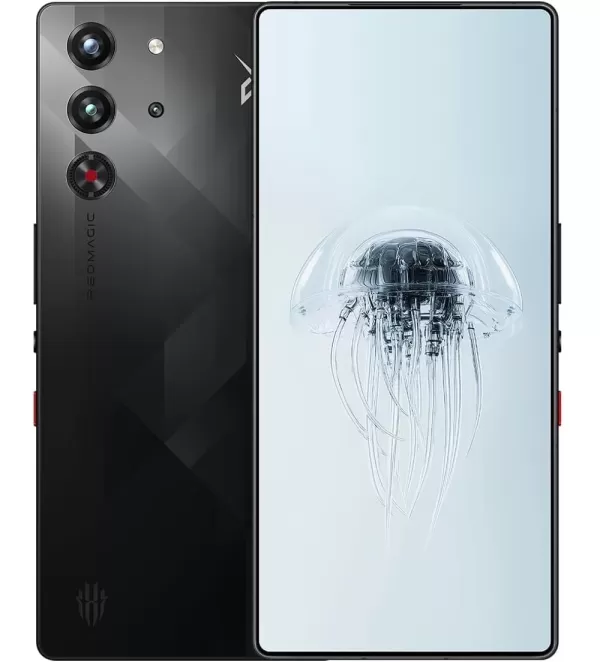 Best overall### RedMagic 10 Pro
Best overall### RedMagic 10 Pro
18See it at AmazonSee it at RedMagic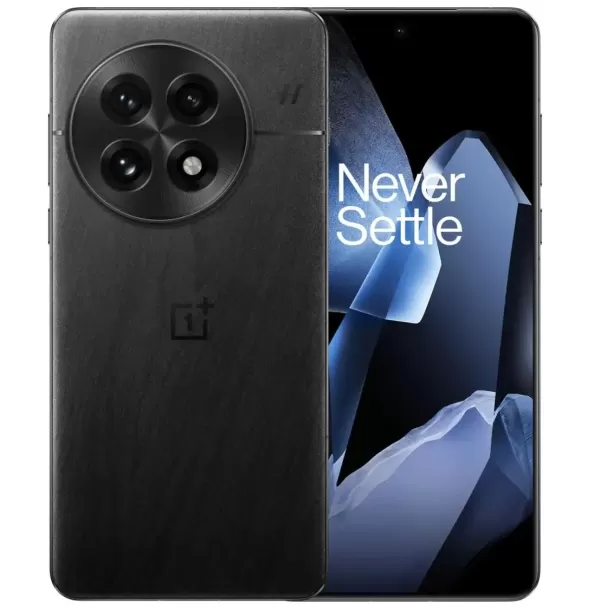 ### OnePlus 13
### OnePlus 13
4See it at Best BuySee it at OnePlus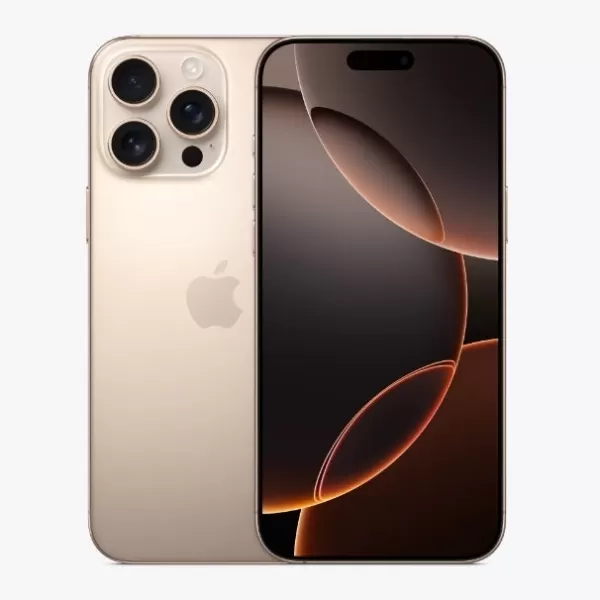 ### iPhone 16 Pro Max
### iPhone 16 Pro Max
2See it at Best Buy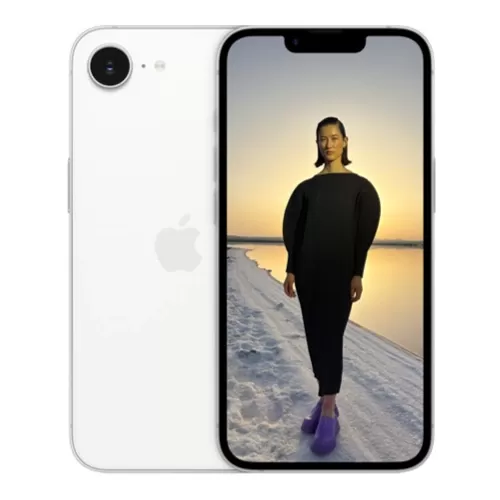 ### iPhone 16e
### iPhone 16e
3See it at Apple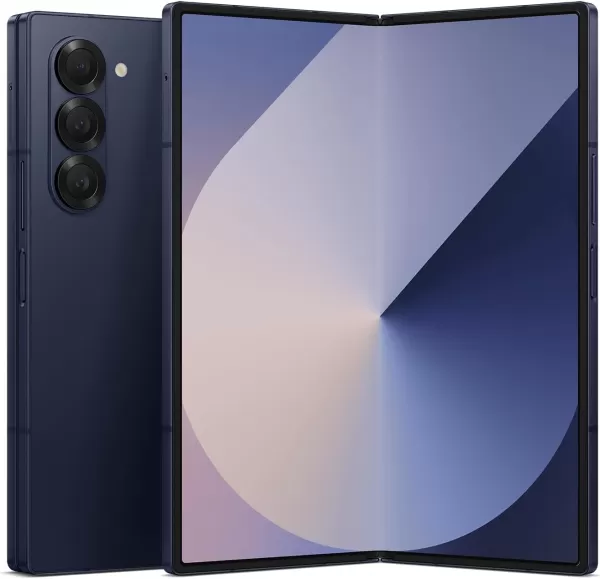 ### Samsung Galaxy Z Fold 6
### Samsung Galaxy Z Fold 6
8See it at Amazon ### OnePlus 12R
### OnePlus 12R
3See it at AmazonSee it at Best BuySee it at OnePlus
















